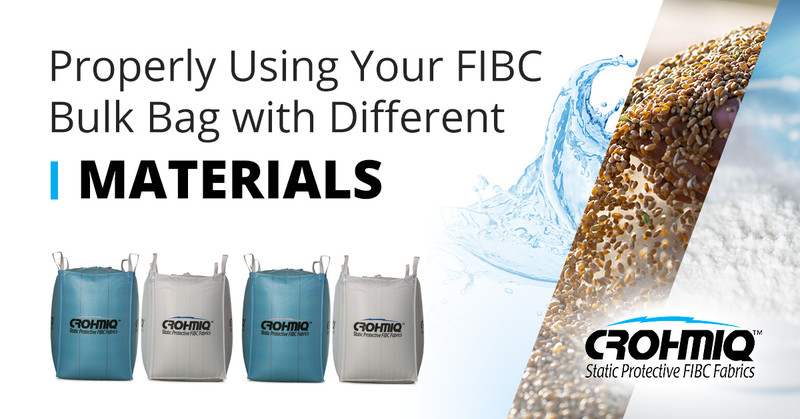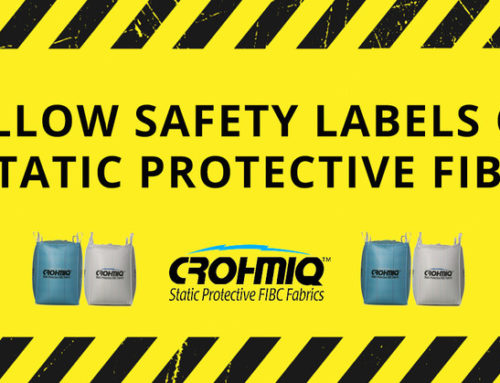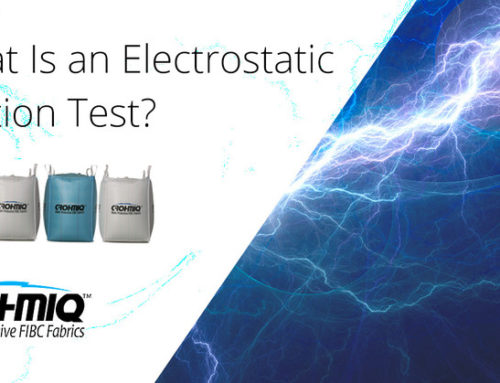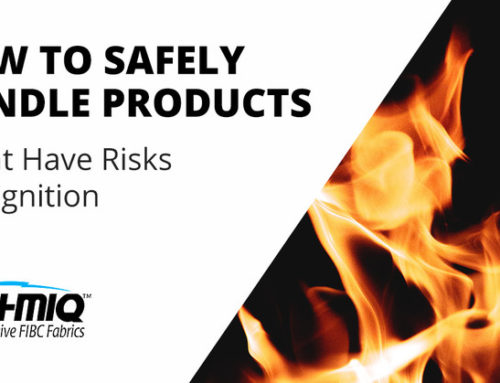Bulk bags have the specific purpose of transporting substances in large quantities in a way that can’t be handled well in a box. The substances that are shipped are powders, granules, and other dry, flowable goods, both chemical and non-chemical. Each has specific requirements for handling, including dealing with static discharge. The differences are small, but each is an important consideration when making shipping arrangements. Here are some of the more detailed considerations companies deal with every day.
Powders
Handling powders has always been challenging. Tankers can be used for bulk transport of powders. Small sacks, although useful for onwards distribution of smaller unit quantities, are not efficient for intermediate bulk quantities. This is where the use of FIBC bulk bags is most advantageous. Typically around one metric ton (2200 lb) of product can be transported in each bulk bag, which incorporates its own lifting loops making handling so much easier. Large spouts built into the tops and bottoms of FIBC bulk bags enable them to be quickly filled and emptied. However, rapid movement of powders into and out of bags can create a hazard – static electricity. When too much builds up in the bag and in the powders, the potential for combustion or shock increases. Many powders are combustible and can form explosive mixtures when dispersed and mixed with air. Static electricity can be a source of ignition. It is absolutely essential to eliminate the electrostatic risk, so using a Type D FIBC bulk bag is highly recommended.
If the powder is not flammable, a Type B bag may be appropriate if no gases or other flammable solvents or gases are around the bag in the surrounding environment. A Type C bag may be appropriate too if, and only if there is a ground connection. However, a CROHMIQ® Type D bag, that does not require a ground connection, is safest in all environments, being the best option if you are not sure of flammable properties or the conditions of surrounding environments.
Granules
Like powders, granules and other small particle substances can build up static as they are poured in and out of bulk bags for storage and shipping. Although granules themselves are unlikely to be combustible, they can partially break down to form powdery fines, which can be combustible and create a potential hazard through the supply chain. It is important to consider the flammability properties of all products packaged in FIBC bulk bags, paying attention to any increase in flammability as the products might change during transportation. Static protective FIBC bulk bags must be used if products are at risk of electrostatic ignition. Using Type D FIBC bulk bags made with CROHMIQ static protective fabric ensures full static protection for all products.,
Non-Flammable Products
Many powders and granules and not combustible and will not form flammable mixtures even when dispersed in the air. However, they might be discharged from FIBC bulk bags in environments in which there are flammable gases and vapors present. A typical example is when an inert pigment, such as titanium dioxide, is emptied into a solvent liquid to form paint. Vapor from solvent liquids can be extremely sensitive to ignition by static electricity, and so the highest levels of protection are required. CROHMIQ Type D FIBC bulk bags are certified to International Standards to ensure full electrostatic protection, even in such extreme hazardous environments.
Protecting Against Static
Understanding how static builds up is the first step in mitigating the risk. When bags are filled or emptied, the substances in the bag can rub together and create an electric charge. This depends on the machinery used, the material handling system, what is being put in the bags, and what type of bag is being filled. For certain products that can readily generate static electricity, it might not be possible to reduce electrostatic risks through process changes alone. In such cases, the main thing that can control the risk is the bag being filled. Using a CROHMIQ Type D FIBC Bulk Bag is ideal because there is no grounding required to safely dissipate the static. The material has fibers built into it that slowly release electrostatic charge, keeping the substance inside and the environment outside the bag safe. This is a process called corona. The quasi-conductive yarns that are interwoven with polypropylene tapes within the fabric. work together to concentrate the electric field, splitting electrons and positive ions. The quasi-conductive yarn helps decay the ions and repel the static electricity into the atmosphere safely, neutralizing the bag and its contents.
Many factories and warehouses are considered flammable environments because of the materials kept inside. Safety procedures help minimize the risk, but they are not enough on their own. It is vital that the possibility of combustion and static hazards are controlled to keep handlers and other employees safe, merchandise protected, and other risks under control. If you have specific questions about how CROHMIQ Type D FIBC bulk bags can make a difference for your company, feel free to contact us.





